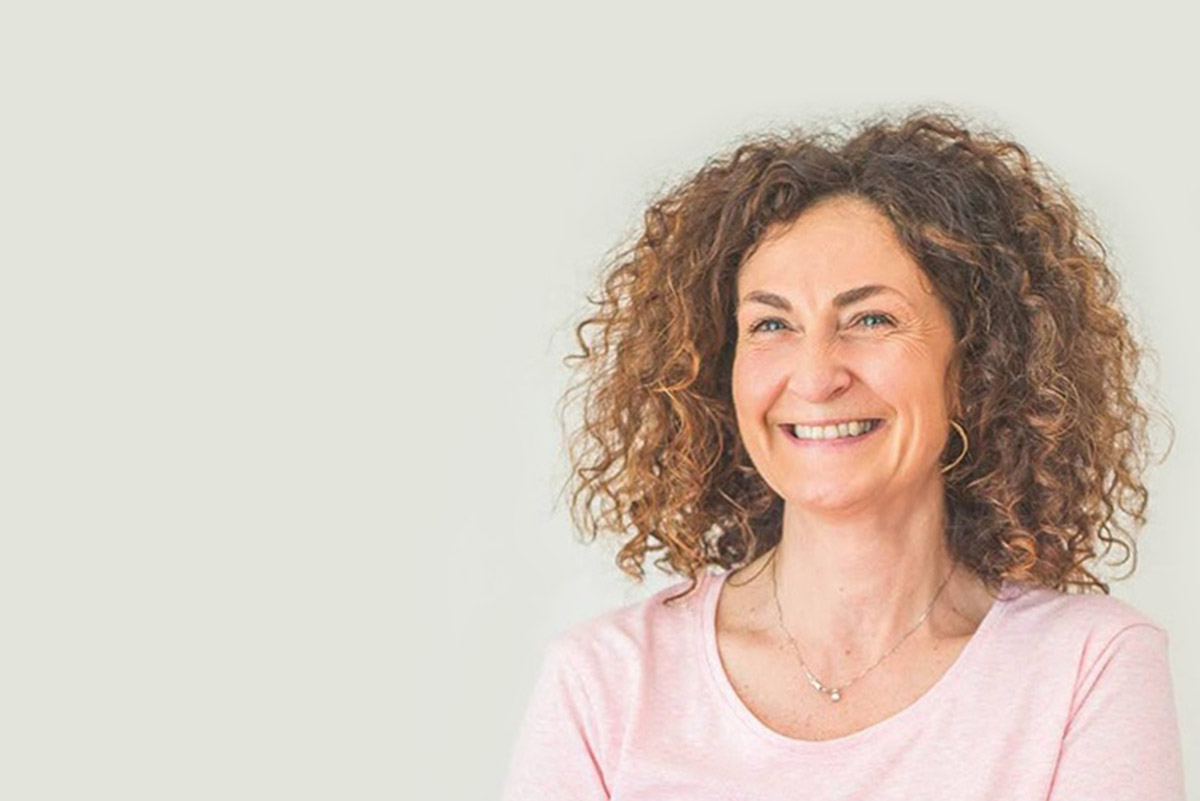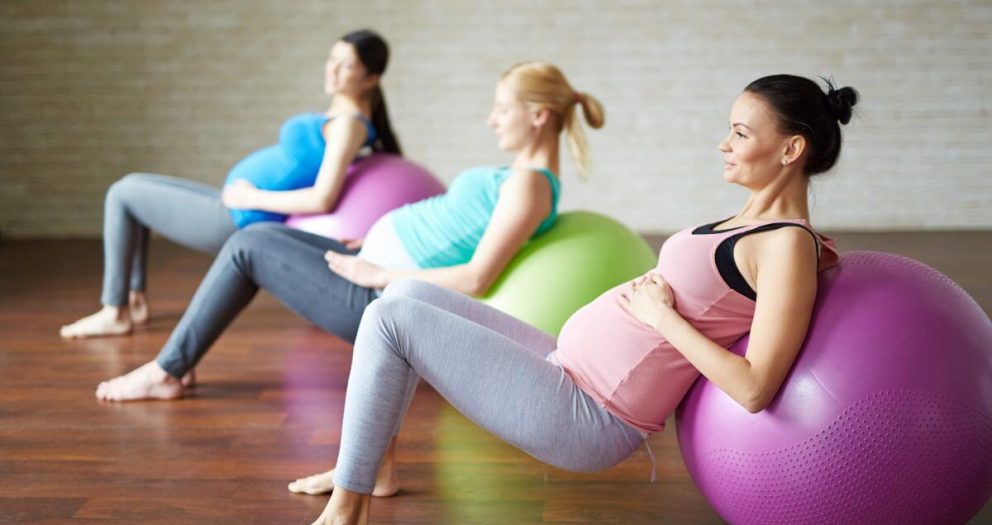“My name is Mirella and I am an incontinence rehabilitation therapist”, Dr Tess, owner of the Vicenza-based PelvicArt practice introduces herself. Her CV includes a Professional Nurse qualification, a Bachelor’s degree in nursing, an International Master’s in pelvic and perineal rehabilitation, an Expert Master’s in hypopressive exercise awarded by Dr Marcel Caufriez, a proficiency course in Incontinence Rehabilitation from Tor Vergata University in Rome and, shortly, also a PhD from La Sapienza University. Nothing stops Mirella Tess. “Each patient is a separate case and requires further research. That is why I have to study constantly. One-to-one pelvic floor rehabilitation is tailored to suit the individual patient, in terms of both frequency and methods.”
Anything below the belt is a taboo: “The information available is still very scanty. Many women do not know their body well and the education we have received regarding the need to withhold the urge to urinate or defecate has done a great deal of damage: the first rule is to never withhold an urge.”
But what is incontinence rehabilitation?
“It is a set of non-surgical and non-pharmacological techniques to restore the functions of the pelvic floor, and its muscles (no fewer than eight- Ed.) and nerves”. So what happens when a patient goes to the practice? “First,” Dr Tess explains, “we assess the case: whether it is a case of female stress, urge, juvenile or post-partum urinary incontinence and the exercises that can be done.” The best conservative method is undoubtedly hypopressive exercise, but what about the cure?
“Pelvic and perineal rehabilitation is based on three possible types of intervention: pelvic and perineal physiotherapy, exercise, its cortical acquisition and final automation, in other words when the exercise becomes part of the movements we carry out normally every day, i.e. even when we are performing any other activity, our muscles respond by contracting or relaxing in a completely independent manner. With this kind of treatment, it is always advisable to continue with these exercises at home, for about ten minutes, even when we are alone; but as you know, we women never have time to ourselves and then we pay the consequences.”
It is also possible to use dedicated instruments “we use probes to study the way the muscles and nerves react to different stimuli. This is known as biofeedback, and it usually constitutes an intermediate treatment, for the more severe cases.”
Lastly, we have “perineal electrostimulation, which uses electrical current to subject the muscle and nerves to a kind of passive exercise that helps to tone and relax, in cases of hypertonic pelvic floor.”
In short, no one has to live with incontinence pads for the rest of their life.







